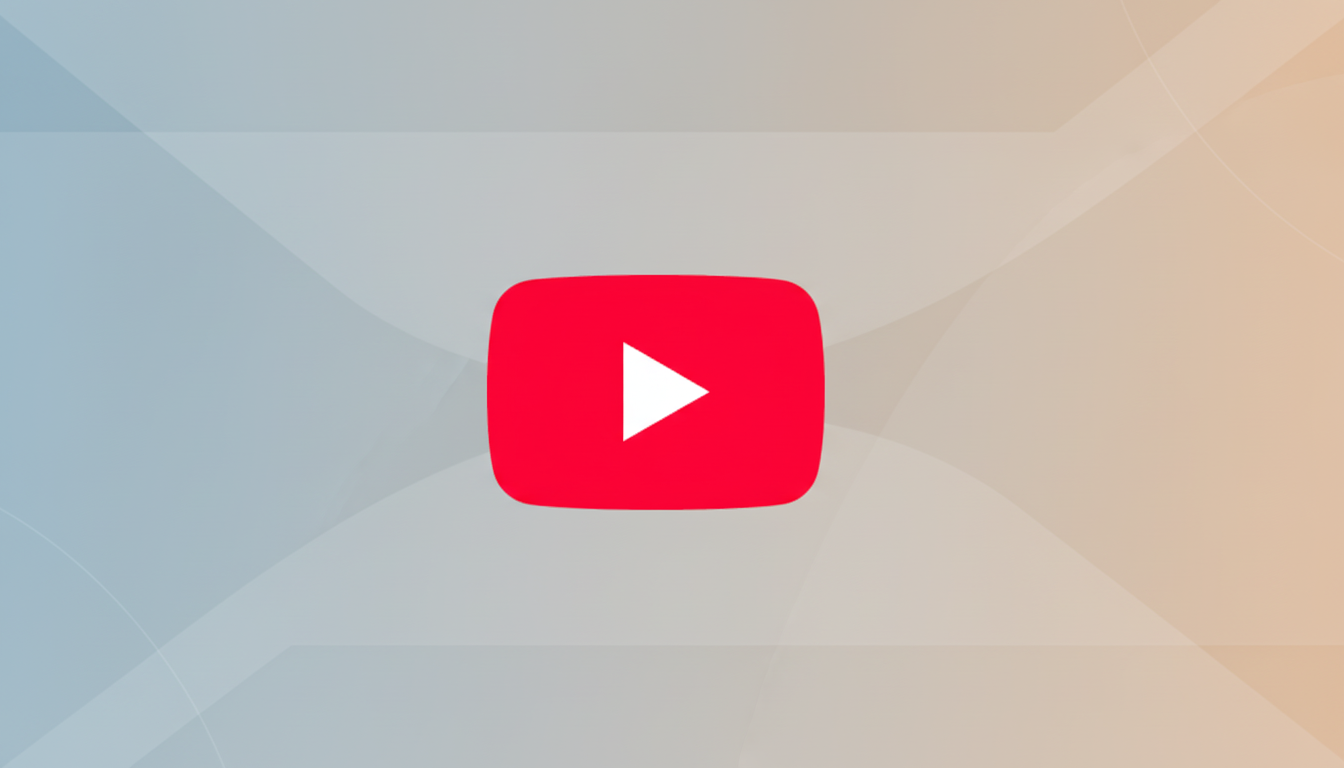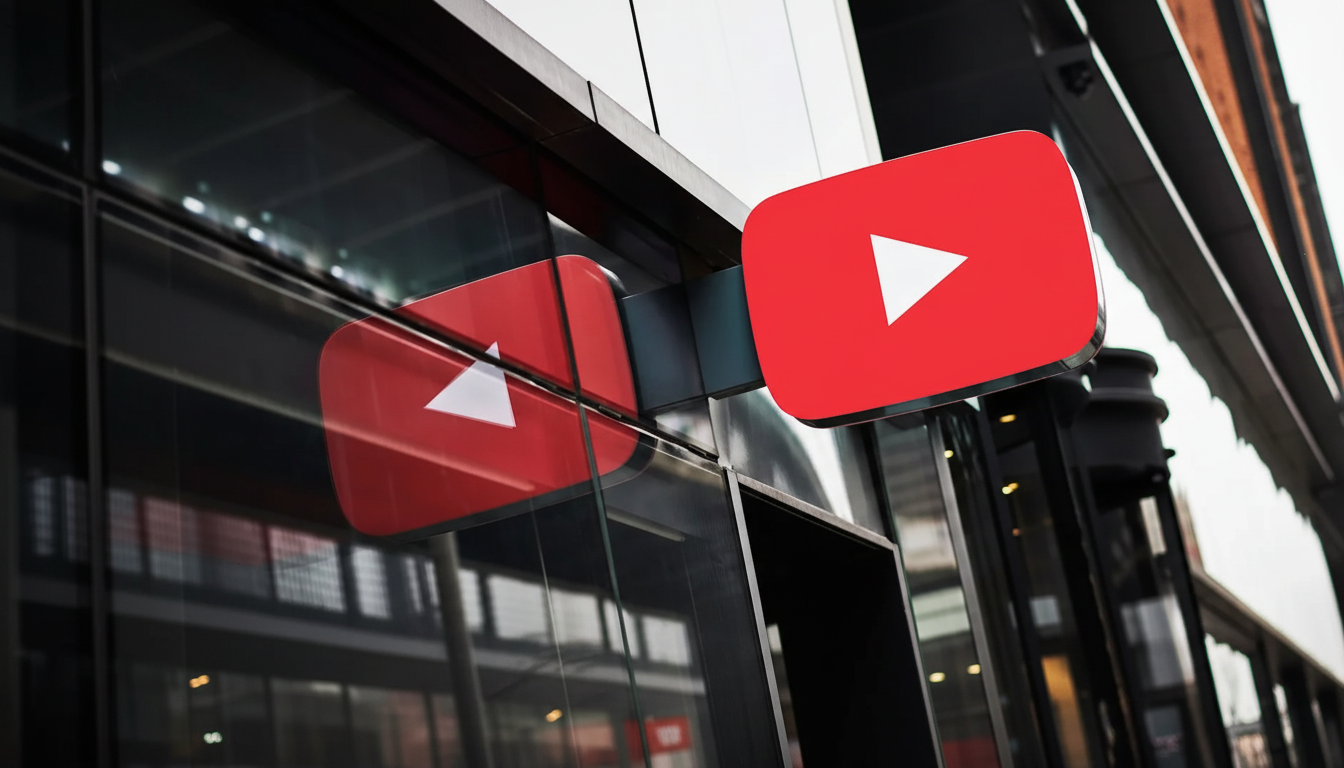YouTube announced that it has paid the music industry more than $8 billion in the last 12 months, illustrating how the platform’s combination of advertising and paid subscriptions has become one of the music industry’s most steady revenue sources. The figure, which was disclosed by the company’s music division leadership, is YouTube’s highest annual music payout so far and indicates momentum behind a model that monetizes official releases as well as the vast universe of user-generated clips.
The milestone reflects a broader transformation of the economics of music: Video services, which were long built and maintained by artists’ labels to promote albums, have become new sources of money on a global scale. It also raises competitive questions for rival services, while opening a window into how policy, product design and rights management technology can turn attention into royalties.

Why This Record Music Payout from YouTube Matters
YouTube’s new high, its latest in a string of increases, comes after other reported counts of $6 billion for the same period and $4 billion the cycle before. More important, these payouts flow not only to frontline releases but to catalog and niche genres that spread widely via reaction videos, fan edits, DJ mixes, covers and short-form clips. For labels and publishers, the platform’s long tail has turned into an annuity; for artists, a path to incremental, global earnings.
Industry bodies support the promise of that trend. In IFPI’s global reporting, streaming now makes up about two-thirds of recorded music revenue around the world, while RIAA data suggests that its share in the U.S. often exceeds 80%. Paid listening is dominated by audio services, but YouTube’s hybrid model reaches into both ad budgets and subscription wallets, expanding the overall pie.
How YouTube’s Model Runs on Ads and Subscriptions
For its part, YouTube cites a “dual engine” of advertising and subscriptions. On the paid side, the company says it has over 125 million Music and Premium subscribers worldwide, including trials. In the free version of YouTube, two billion logged-in viewers stream music videos each month, offering the service global reach like no other when it comes to catalog discovery, emerging artists and regional scenes.
Most importantly, the platform’s rights-matching system—Content ID—harnesses and monetizes user uploads on a huge scale, redirecting revenue to the true owners of content rather than indiscriminately scrubbing it from the fan internet. Shorts, YouTube’s short-form format, also participates in revenue sharing — a viral dance, meme or mashup can lead to payouts to labels and publishers when music is employed. That blend of official content and UGC has turned YouTube into an always-on royalty machine, not just a place for stand-alone releases.
How YouTube’s Music Payouts Compare with Rivals
Spotify has said it paid out $10 billion to the music industry in one year, after paying $9 billion the previous year, a sign that many platforms are now signing multibillion-dollar checks. Apple does not regularly disclose an annual payout number, but rights holders argue that its per-stream economics matter. The point is less about a league table and more about diversification: artists and rights holders increasingly rely on a portfolio of platforms, formats and geographies to cushion volatility.
YouTube’s edge lies in breadth. Music sits alongside creators, gaming, fitness and education as well as live streams, allowing for songs to piggyback on broader viewing habits. That cross-pollination — watch a creator vlog, unearth the soundtrack, save the track and subscribe — is now a silent driver beneath catalog spikes and career longevity.

What Artists Actually See from YouTube Music Royalties
The $8 billion figure is divvied up between labels, distributors, publishers and collecting societies before it reaches artists and songwriters. Payouts usually are on a pro-rata basis according to consumption share, but some distributors work out alternative arrangements. In YouTube’s model, conventional channels and claims through Content ID are equally rewarded — as a result, old tracks, regional stars and niche scenes can bring in money steadily when they cycle through remixes, reaction videos and Shorts.
For working artists, two levers are particularly crucial: sustained channel strategy (regular uploads, live sessions, behind-the-scenes content) and riding short-term trends without giving up rights. Case studies are proliferating of catalog songs returning to life years later after mere snippets take off in Shorts, the teen-oriented version of YouTube’s feed-focused video platform (though grown-up creators factor into how stuff gets big on there as well) and become superpowered pistons pumping up streams and lifting tours. That means that metadata hygiene, housed visuals, and UGC-friendly licensing policies are not just housekeeping but also revenue tactics.
AI Music and the Next Wave of Rights Management
The rights management handshake is undergoing a new phase as generative tools multiply. YouTube has detailed Music AI principles, launched pilot programs with large rights holders and introduced labels for synthetic or modified content. The objective is to monetize and protect attribution even when AI enters the creative loop. This could enlarge the payout base even more, if platforms are effectively able to identify and monetize AI-enhanced uses at scale — versus pushing users into unlicensed nooks and crannies.
Analysts at firms such as MIDiA Research point out that further clarity on licensing structures covering, for example, training data, voice models or derivative works will influence just how much of the next wave flows back to the industry. YouTube’s edge is a mature identification stack and years-long label and publisher relationships that could mean earlier, cleaner AI monetization than many rivals.
The Road Ahead for YouTube’s Music Industry Payouts
Growth is expected to come from three main areas:
- Recovery in ads and connected-TV viewing
- Continued addition of subscribers and bundles
- Deeper penetration into high-growth regions such as Latin America, South Asia and Africa
With reach in more than 100 countries and support for 80 languages, YouTube has a distribution footprint few music-first platforms can match.
YouTube’s leadership does not frame the $8 billion figure as a destination but as evidence its two-revenue approach is compounding. If the platform continues to turn fandom (long-form, live and short) into measurable royalty flows, it will be a major linchpin in today’s music economy, alongside the biggest audio streamers and the concert industry comeback. The message for artists is clear — don’t treat YouTube as just a place to put your videos, but as an integral part of their revenue mix.

